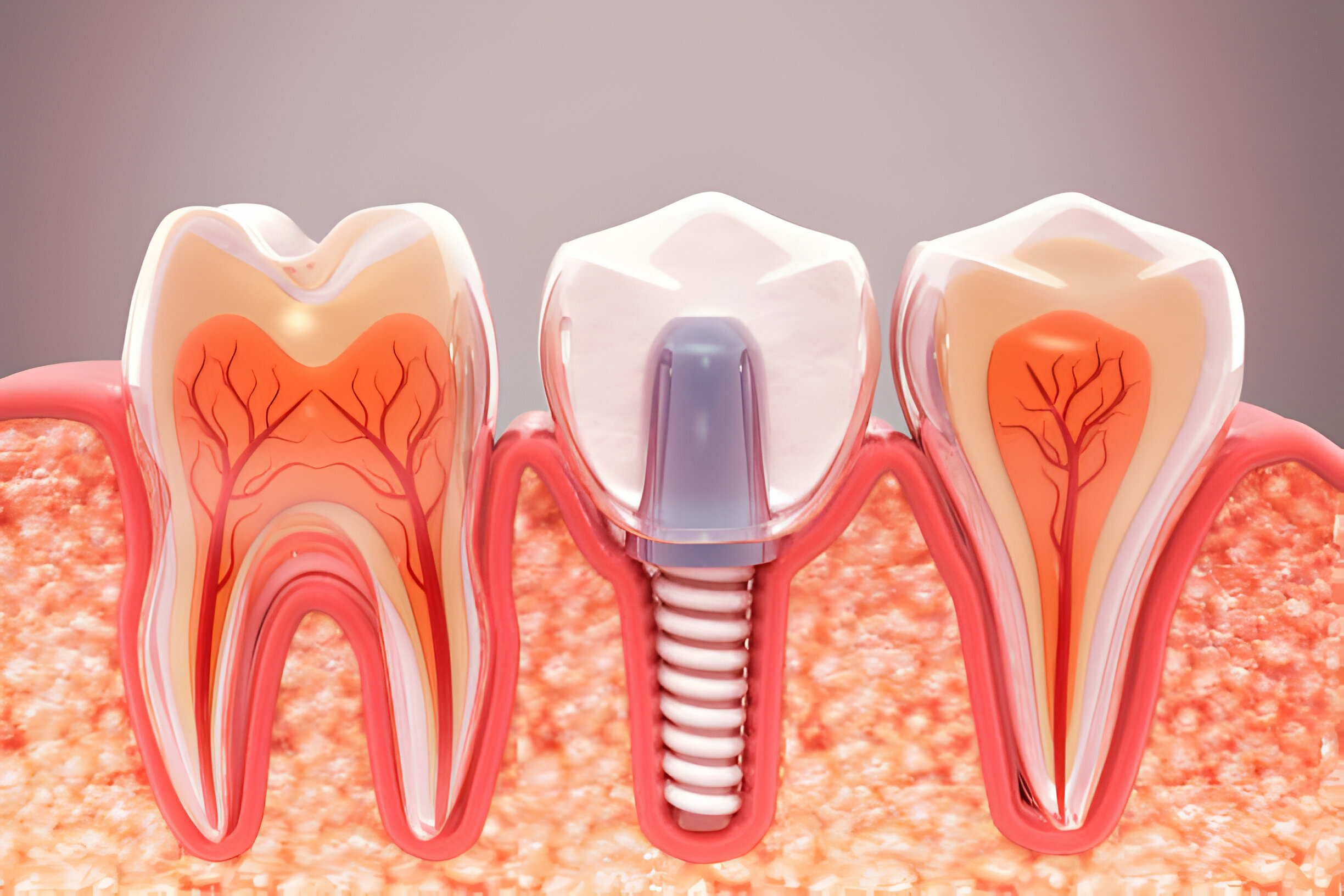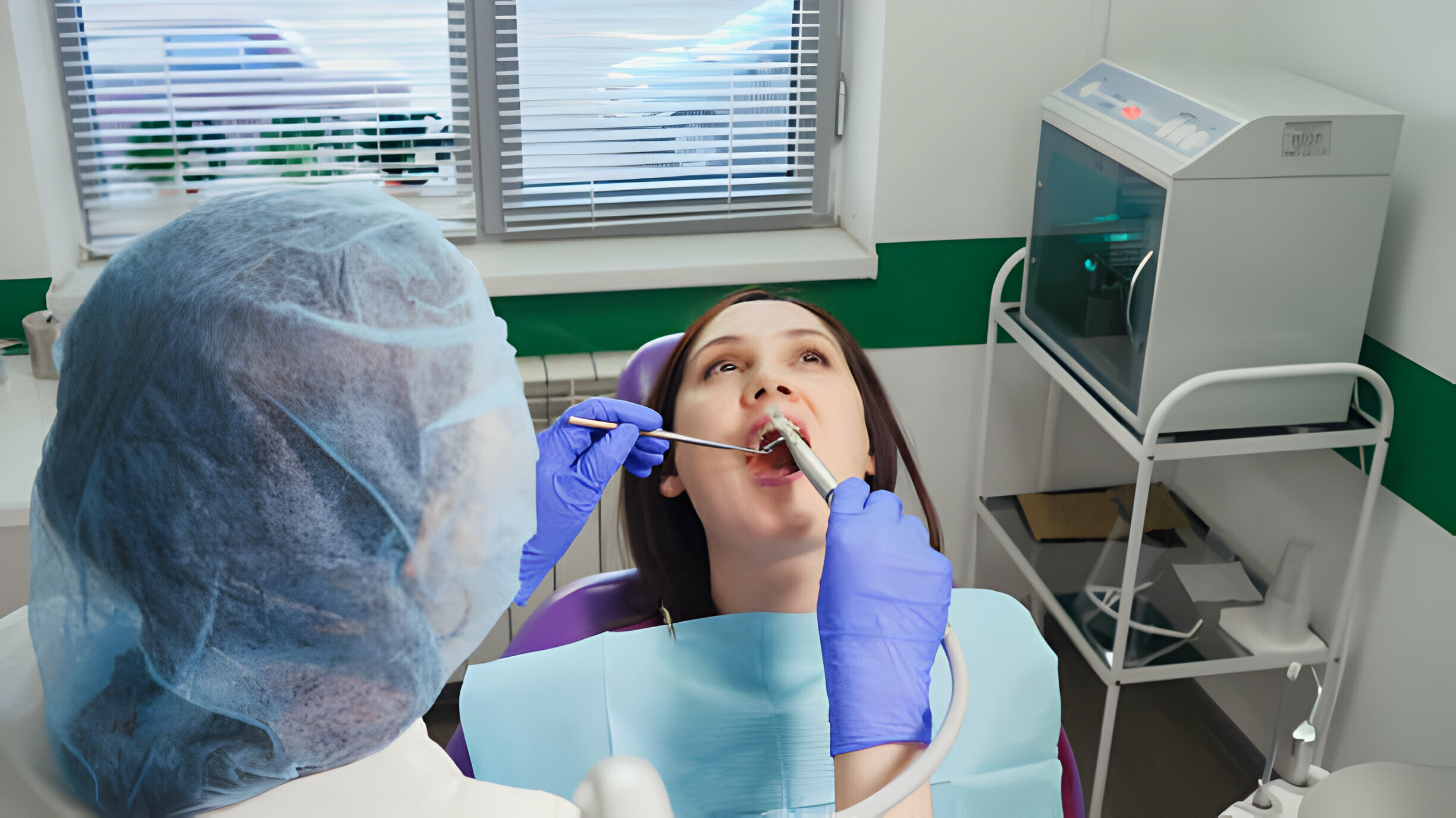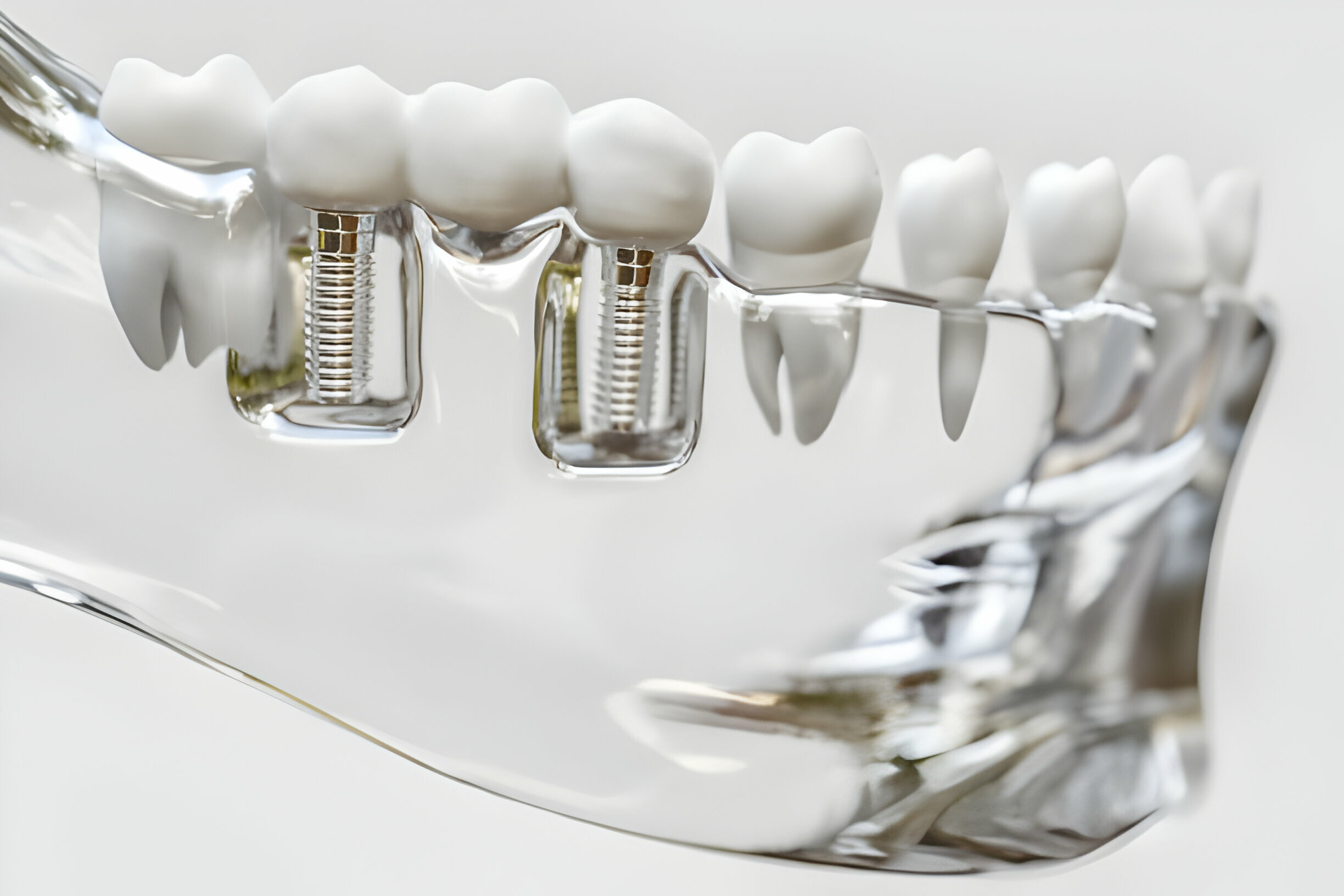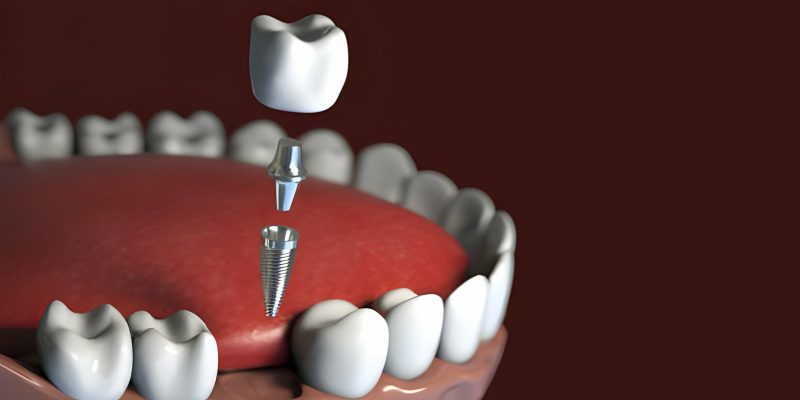Summary:
Did your dentist recently suggest you undergo a dental implant procedure?
If yes, then congratulations! Like over 3 million other Americans, you’re only a few steps away from replacing your lost teeth with a permanent option. An implant works as a prosthetic tooth that replaces the roots of your affected or missing tooth.

Interestingly, however, that’s not all. There are several steps involved in the dental implant treatment. Therefore, in this blog, we take a closer look at the steps via topics like:
- Overview of the Process – What Happens During Implant Operation?
- Different Steps Involved in Dental Implant Procedure
- Purpose Behind the Procedure
- After the Surgery
Continue reading as we learn more about the procedure in the following sections.
Overview of the Process – What Happens During Implant Operation?
The dental implant procedure is a surgical treatment that replaces your tooth roots with metal posts. These posts resemble screws for prosthetic teeth, which are then topped with crowns to give it a natural appeal.
The process of receiving dental implants is generally categorized into three stages: a general checkup, extraction, and abutment placement. However, the process may vary depending on the type of bridges and crowns you prefer.

The type of implant, the severity of your allergic reaction, and the condition of your jawbone all influence how your dentist for implants in Frisco conducts the dental procedure. You may require many dental procedures to let your bone heal correctly around the implant. This healing process may take time, but it guarantees the new tooth is well-supported.
Lastly, dental implants require several visits. These include a consultation, one appointment for the implant, and another to link the new teeth.
Now that we have an overview of the procedure let’s learn more about it in the following sections.
Different Steps Involved in Dental Implant Procedure
1. Initial Evaluation
Your oral surgeon or dentist will first do a comprehensive examination depending on the condition of your jawbone. It helps you choose the best dental implant procedure for you. During this first assessment, X-rays, impressions, and tooth color matching ensure your implant appears as natural as possible.
Next, you will decide how many teeth you want to replace with implants. Depending on your oral health, this may require extra planning with other dental professionals, such as periodontists.
Following this, they will also talk about your medical issues and medicines. Depending on your health or orthopedic implants, you may need antibiotics before surgery to prevent infection.
2. Tooth Extraction
If you still have a tooth that has to be replaced, your dentist will extract it before proceeding with the rest of the procedure. It can be done simultaneously with the implant implantation.
Once you visit the best dentist in Frisco, TX, they will review your anesthetic choices. Your dentist will most likely use a local anesthetic such as novocaine (or lidocaine) to numb you and relieve any pain. Unless the tooth is damaged, it should be easy to extract.
When the tooth is removed, you will feel a slight tug and pressure. After the extraction, you should refrain from blowing your nose, spitting excessively, smoking, or drinking via a straw. These acts can cause dry sockets and discomfort.
3. Inserting the Dental Implant and Bone Grafting
There are two types of dental implants: one implanted into the jawbone and one placed beneath your gumline.
Let’s talk about whether you should have the implant placed in your jaw. If your existing jawbone is robust and thick enough, you may not need more bone implanted.
Your jaw must be robust since chewing exerts a lot of strain, and your bone must be robust to preserve the implant. If your jaw needs an additional bone, it usually comes from a part of your jawbone different from the implant region.
If you have a graft, you may need to wait for the bone to cure before inserting the implant. Once the bone has healed, the dentist or surgeon will place the implant.
After the implant is placed in your jawbone, it will develop around it. Subsequently, the implant integrates into your natural gum line. This procedure varies by individual and might take three to nine months.
4. Abutment Placement
Once your implant is stable enough, your dentist will attach an abutment. This part of the abutment links the implant with your crown. The abutment should be tightened to stay in position as you eat.
You won’t experience any pressure at all during this procedure. There, you will be administered a local anesthetic. The abutment can occasionally be placed in tandem with the implant since it reaches past the gum line.
You must consider concealing it, as it will show when you smile. The dentist will apply a healing cap to prevent tissue and bone from developing on top of the abutment.
5. Adding the Permanent Crown
After your gums have healed, your dentist will create an artificial tooth or crown. You can have either a detachable or a permanent implant. If you have several teeth in the rear, you may prefer removable dentures so that you may clean and replace them as needed.
Fixed implants cannot be removed for replacement or cleaning. It is firmly fastened into the abutment or cemented with cement.
Purpose Behind the Procedure
A dental implant replaces one or more permanent teeth lost due to tooth decay, accident, gum disease, or infection. During the initial session, your dentist may offer various possibilities for tooth replacement, including dentures and bridges.
They will consult with you to determine whether you have adequate space and bone in the location of the lost tooth for the treatment. If you’ve been missing a tooth for a while, you may be experiencing bone loss. Before visiting the dentist for a dental implant in Frisco, TX, you must undergo a bone grafting procedure.
After the Surgery
It is typical to feel some discomfort following surgery. You may experience mild bruising on your gums, slight bleeding, swelling around your gums and cheeks, and discomfort at the implant site.

After surgery, you should stock up on soft meals and keep cold packs on hand to minimize swelling. Smoking tobacco should be avoided since it increases your risk of diseases, such as root canal infections, and it can discolor your teeth.
To safeguard this implant, it is critical to practice appropriate hygienic practices. This includes flossing regularly and cleaning your teeth twice a day. Avoid consuming hard candies, as they might harm your implants.
Takeaway
- An implant works as a prosthetic tooth that replaces the roots of your affected or missing tooth.
- The process of receiving dental implants is generally categorized into three stages: a general checkup, extraction, and abutment placement.
- Fixed implants cannot be removed for replacement or cleaning. It is firmly fastened into the abutment or cemented with cement.
- Smoking tobacco should be avoided since it increases your risk of diseases, such as root canal infections, and it can discolor your teeth.
- Ready to retain your smile? Let’s help you fix it with our Dental Arts of Frisco experts.


